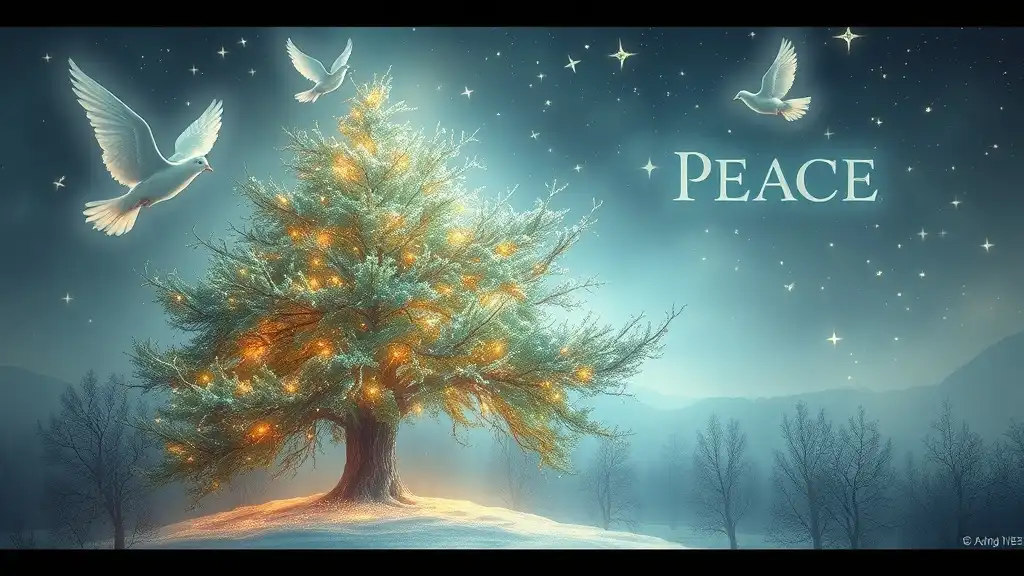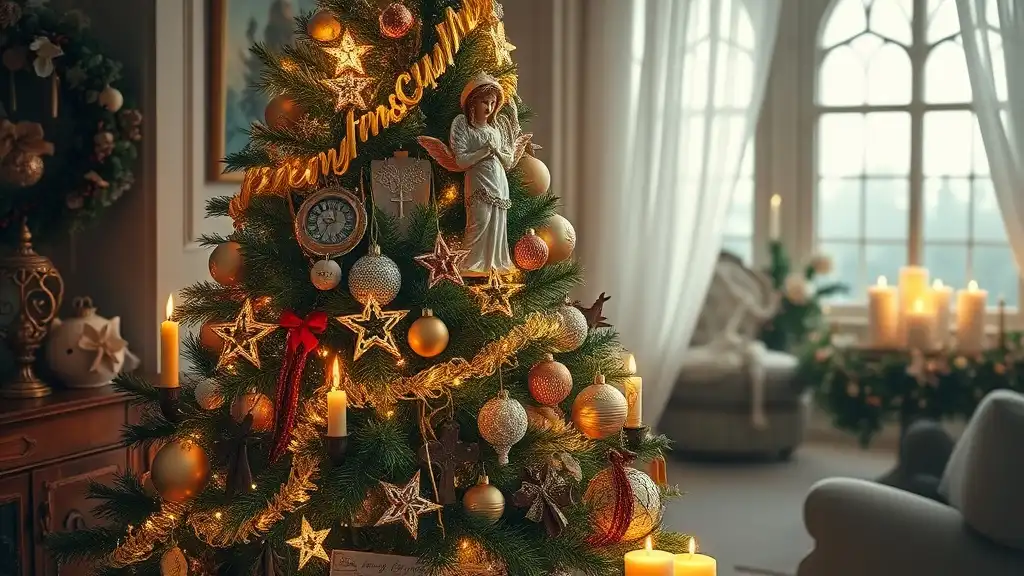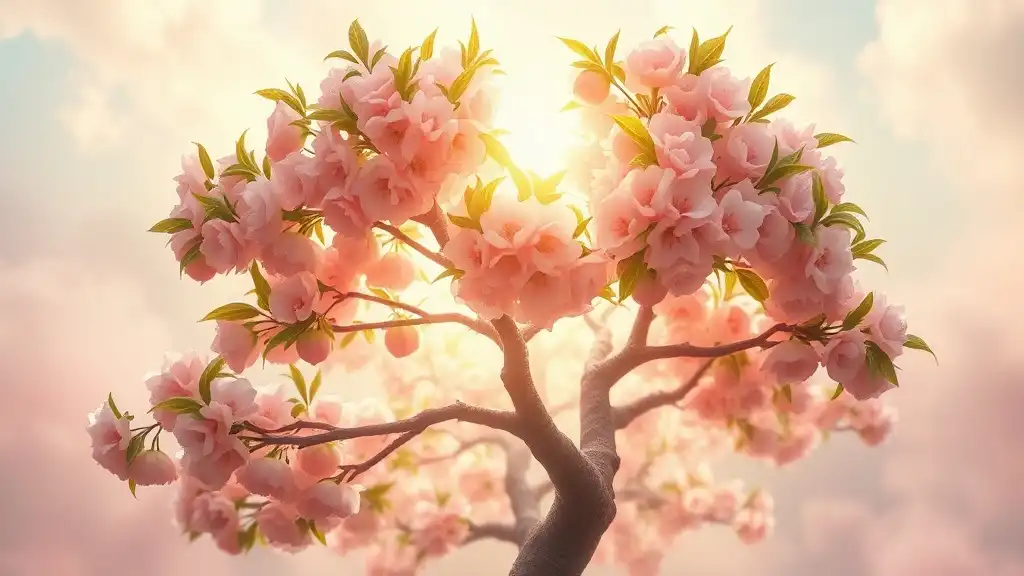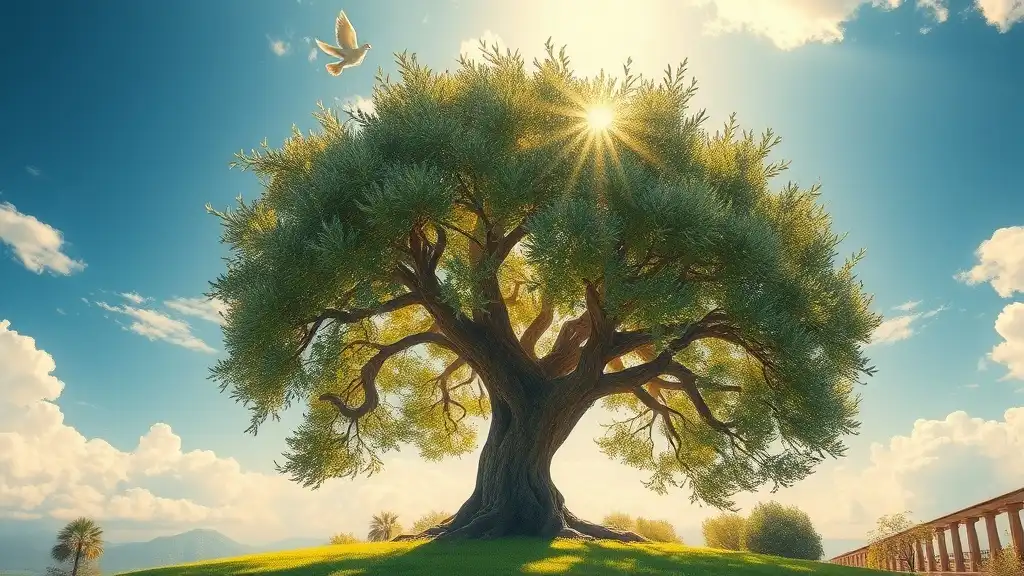The holiday season brings with it a rich tapestry of traditions, one of the most cherished being the Christmas tree. This symbol of celebration holds a profound spiritual meaning that resonates through centuries. As families gather around their decorated evergreen, the tree transforms into a vessel for memories, hopes, and a deep connection to the spiritual realm.
Historical Significance of the Christmas Tree
Origins of the Christmas Tree
The roots of the Christmas tree can be traced back to ancient customs celebrating evergreen plants during winter solstice festivals. People in various cultures cherished evergreens as symbols of resilience and life in harsh winters. These traditions laid the groundwork for the Christian adoption of the Christmas tree, intertwining it with the story of Christ’s birth.
The Evolution of the Christmas Tree
As Christianity spread, the Christmas tree evolved from a pagan symbol to a cherished aspect of holiday celebrations. Different cultures infused their own beliefs and practices into the tradition, from the German practice of decorating the tree with apples and candles to the American style of incorporating bright lights and ornaments. Each adaptation added layers of meaning, uniting diverse communities in a common narrative of hope and renewal.

Symbolism of the Christmas Tree
The Evergreen Tree as a Spiritual Symbol
The evergreen tree embodies the idea of eternal life, defying the chill of winter while maintaining its vibrant green hue. This representation serves as a powerful reminder of resilience and the promise of new beginnings. It symbolizes the cycle of life, emphasizing that even in times of darkness, there is the possibility of renewal and hope.
Decorations: Their Spiritual Meanings
Each ornament and light on a Christmas tree tells a story rooted in spiritual significance. Lights illuminate the darkness, symbolizing the light of Christ coming into the world. The intricate ornaments take on personal meanings, representing cherished memories, family bonds, and blessings received throughout the year. Decorating the tree can become a meditative practice, allowing individuals to reflect on their lives and express gratitude for their experiences.
The Star or Angel on Top
At the pinnacle of the tree often rests a star or an angel. The star represents the Star of Bethlehem, guiding the Magi to the birthplace of Jesus, while the angel inscribes a message of divine love and hope. Both serve as reminders of guidance in our own spiritual journeys, encouraging us to seek light even in our darkest moments.

The Christmas Tree in Different Cultures
Western Traditions
In Western cultures, the Christmas tree has become synonymous with holiday celebrations. Its decoration often begins early in December and can reflect regional influences. In some European customs, families place gifts under the tree on Christmas Eve, while in others, the tree serves as a central gathering place for festivities and communion. These practices instill a sense of belonging and continuity through generations, connecting families to their heritage.
Eastern Perspectives
While not traditionally celebrated in all Eastern cultures, the concept of the Christmas tree has been embraced and adapted in unique ways. In places where Christianity is a minority faith, the Christmas tree may symbolize a bridge to understanding and mutual respect among different religions. Cultural adaptations introduce symbols from local traditions, reflecting a rich tapestry of beliefs while honoring the spirit of unity that the tree fosters.

Creating a Sacred Space with the Christmas Tree
Setting Intentions
When preparing the Christmas tree, it is essential to approach the task with intention. Take time to reflect on the decorations chosen. Each element should resonate personally, whether it's a cherished family ornament or a new addition representing aspirations for the coming year. This mindful approach instills the experience with depth and meaning, creating a sacred atmosphere in which the tree becomes more than just a decoration.
Blessing the Tree
The act of blessing the Christmas tree can enhance its spiritual significance. Families may gather around the tree to share blessings or wish for peace and joy in the coming year. This ritual infuses the tree with love and positivity, transforming it into a beacon of hope and light for all who gather beneath its branches. Encourage each member of the family to contribute, fostering a sense of unity and shared intention during this reflective time.

Conclusion
As you celebrate the holiday season, the Christmas tree stands as a powerful symbol of spiritual meaning. It invites us to reflect on our lives, connect with our heritage, and create new traditions that resonate through time. Embracing the depth of this tradition can lead to profound experiences of joy, love, and community.

Call to Action
We invite you to share your stories, traditions, or insights related to the Christmas tree. How do you integrate its spiritual significance into your celebration? Explore deeper spiritual practices during this holiday season and discover the journey that unfolds as you embrace the sacred gifts of the Christmas tree.



















